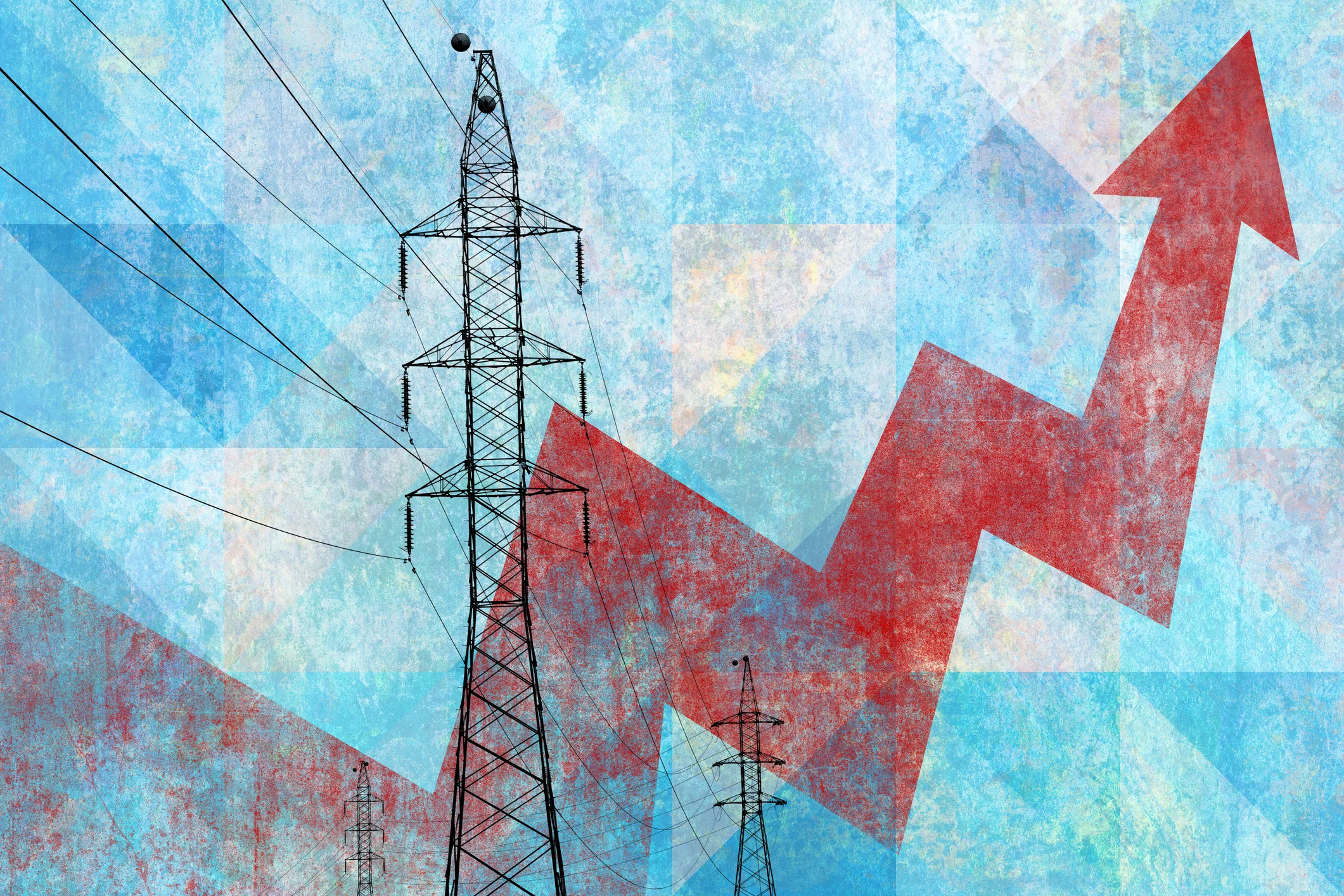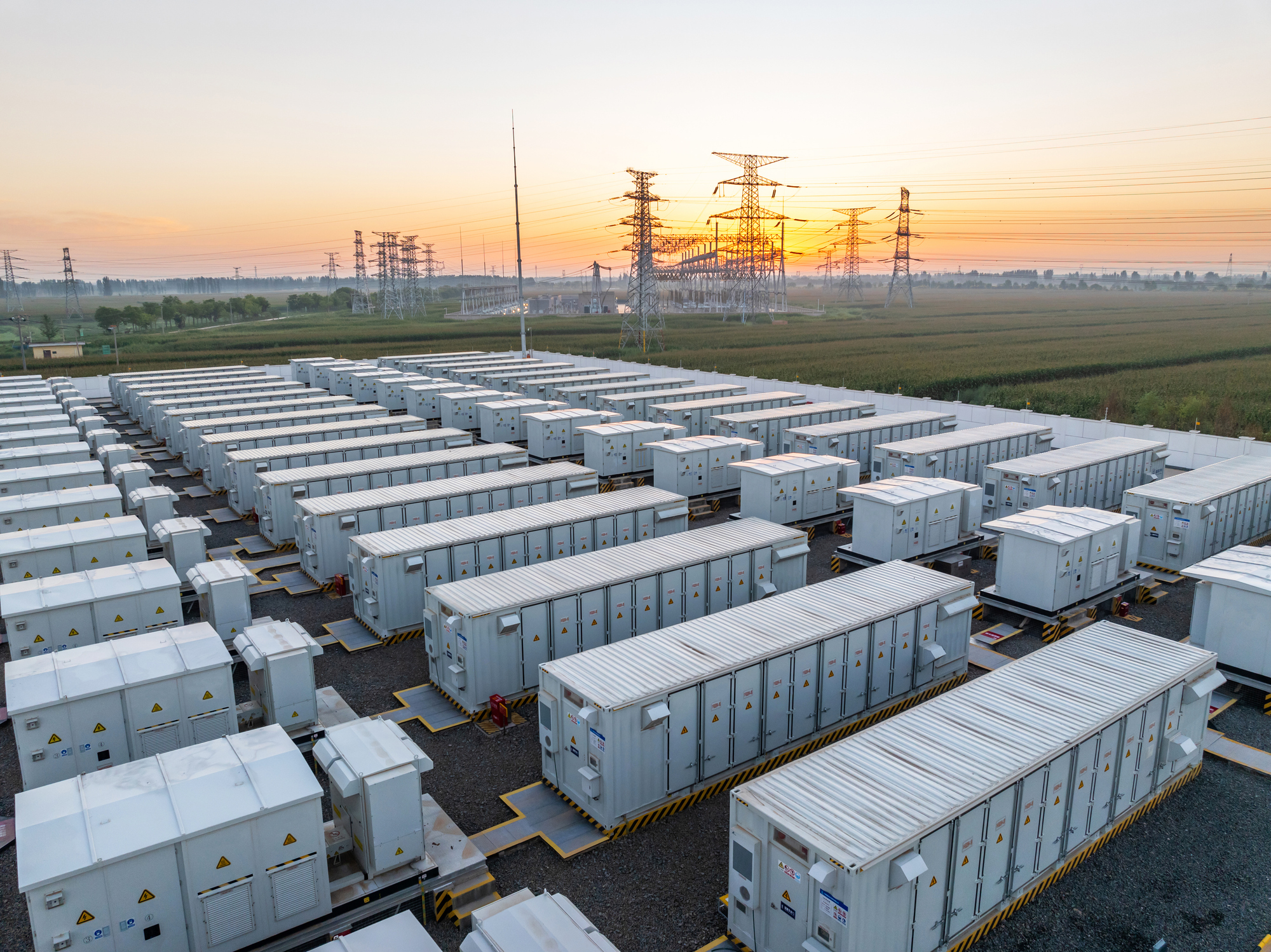For approximately the last decade, U.S. electric consumption has remained relatively consistent. That changed in 2024 as energy demand spiked, driven by the rapid development of energy-hungry AI and data centers, and climate change-induced erratic weather patterns that spike temperatures and produce volatile and damaging storms. To meet this rising demand, this summer, the Department of Energy (DOE) deferred the retirement of several fossil fuel plants to meet demand. But rather than meeting demand, deferring the retirement of aging fossil fuel plants led to $29 million in costs in just over a month, with analysts estimating a total of $3.1 billion in annual costs if it persists. Fortunately, by leveraging distributed energy resources (DERs), demand flexibility programs like virtual power plants, demand response, or EV managed charging, utilities can enhance grid resiliency, improve grid capacity, and defray high peak energy and construction costs.
Keeping Up With The Joneses: New Construction Costs To Meet Rising Demand
The obvious solution to meet rising demand is to develop new energy sources. Historically, that has involved utilities constructing new power generation plants, including gas turbine-powered plants or the dirty, expensive peaker plants needed as a stopgap to meet demand during peak grid events. Today, utilities have also turned to renewable energy sources like the utility-scale solar and battery installations traditionally managed by a Grid distributed energy resource management system (DERMS).
Unfortunately, irrespective of how a generation project is approached, there are challenges. In an effort to meet rising demand, manufacturers have begun increasing production of highly efficient gas turbines. These gas turbines are predictable and effective, and, as such, highly desirable to grid operators, which in turn has escalated wait times that can last years to meet. In fact, supply chain issues have likewise seen years-long backlogs on grid-critical materials like transformers, while a lengthy grid interconnection queue can add up to five years of wait time on grid-scale renewable projects.
Manufacturing Costs
Calculating manufacturing costs for new power plant constructions is difficult due to the sheer number of variables, including the generation type, size, and location of the plant. For the aforementioned highly sought-after gas turbine plants, costs can run as much as $958 million in total or as low as $123.5 million, delays in manufacturing not included. Even at the low end of the scale, utilities can still expect years of energy insecurity and increased costs due to peak energy market pressures.
Just a few years ago, a Stanford University report found that coal and other fossil fuel-powered plants were the most expensive developments, based on the levelized cost of energy (LCOE). Meanwhile, renewable sources like hydroelectric, solar, and wind rounded out the most affordable generation technologies. It’s worth noting that these costs represent long-term maintenance and upkeep as well, although they do not account for the time between the decision to construct a new power plant and the actual deployment, which can take years.
The Supply Chain, Tariffs, & an Energy-Hungry Future
As noted, supply chain issues and pressures from tariffs will obstruct the necessary development of crucial transmission grid infrastructure. For example, in addition to a growing backlog for transformers, cable costs have nearly doubled since 2019. To make matters worse, extreme weather events—the largest contributor to power outages by far—further confound efforts to upgrade the grid as utilities struggle just to maintain it. Fortunately, demand flexibility programs offer an affordable, quicker solution for utilities during the energy transition.
Rising Consumer Costs
Electric bills are on the rise, creating a political hot potato that has already challenged utilities around the country. Who should pay? Some believe that data center operators should foot the bill for the residential electrification upgrades that increased data center deployment entails. Meanwhile, some want to leverage the incredible potential of virtual power plants to meet growing demand, effectively crowdsourcing these expenses. Of all demand flexibility initiatives, virtual power plants have proven perhaps the most comprehensive long-term strategy that can effectively meet demand, while defraying peak energy costs and expensive grid upgrades.
As it stands, estimates indicate that investor-owned utilities alone could cost investor-owned utilities nearly $1.1 trillion by 2030 to meet rising demand. By contrast, virtual power plants cost a fraction of the cost of new power plant construction, at roughly 40-60% of the overall cost, and with a much quicker deployment time.
Virtual Power Plants & Grid Capacity
In 2023, the DOE released a report calling for increased virtual power plant capacity, from the then-current 30-60 GW generated primarily through demand response programs to 80-160 GW by 2030 to meet increasing demand. While tariffs on solar, wind, and other renewable energy sources, as well as lengthy interconnection queues, have slowed the deployment of grid-scale renewable energy projects, behind-the-meter DERs found in places like residential, commercial, and industrial properties remain viable to leverage for demand flexibility programs. For example, analysts report that more than 67.2 million smart thermostats will be shipped by 2030 to consumer properties, presenting a yet growing opportunity for utilities to leverage the proliferation of BTM DER assets.
– Syd Bishop, Sr. Content Specialist, Virtual Peaker
This is not merely an aspirational call for more renewable energy resources: market research indicates that both grid operators and analysts are actively seeking non-wires alternatives. While it may seem like a stretch, this emphasis on supporting renewables mirrors the now anachronistic concept of environmental, social, and corporate governance (ESG) ratings, which examined market pressures to evaluate the most sustainable long-term path for business growth: investors are BlackRock were telling you that those investment strategies are the path to long-term growth. As demand flexibility programs grow increasingly sophisticated, grid operators are provided with an expanding number of strategic energy shifting and redistribution opportunities. Let’s take a look.
Types of Demand Flexibility Initiatives
Demand flexibility initiatives come in many forms. Some demand flexibility strategies leverage utility-owned DER assets, such as the aforementioned solar and battery installations. While all renewable energy assets are subject to market pressures from tariffs, grid-scale projects develop costs as they scale upward.
By contrast, behind-the-meter DER assets, which include solar, battery energy storage systems, electric vehicles (EVs) and EVSE accoutrement, and smart devices like thermostats and water heaters, are widely available already. Through the use of a Grid-Edge DERMS, which manages BTM DERs, utilities can aggregate otherwise disparate DER assets for use in demand flexibility initiatives that conserve or redistribute communally-produced energy to repower the grid during peak energy events.
Conservation
Demand flexibility programs like demand response, EV charging, or BYOD programs work by aggregating DERs to curtail usage during peak periods of energy consumption. These strategies work through granular device control, which is used to shift temperature set points on thermostats and/or water heaters, or to curtail (or entirely cease) battery charging times during peak grid events. As such, these demand flexibility initiatives minimize grid congestion by decreasing overall usage across the grid.
Redistribution
Rather than conserving power by decreasing energy consumption during periods of peak usage, utilities can aggregate and redistribute existing, communally-generated DER assets through virtual power plant strategies or by exploring community solar projects. For example, by controlling solar inverters, utilities can access ambient solar energy, redirecting that to power the grid during peak events.
Topline Demand Control
Inevitably, conversations about DER efficacy turn to intermittency issues. For grid operators, reliably supplying power on demand is an existential necessity that typically requires the deployment of temporary assets like peaker plants or purchasing energy through the energy market, both of which are costly solutions. As such, grid-scale assets controlled through Grid DERMS like solar and battery installations represent a quantifiable source of reliable energy.
By contrast, behind-the-meter DER represents an intermittency challenge, namely that numerous factors can confound the accuracy of reliable resources. For example, customers may opt out of programs before or during demand flexibility events. Additionally, many DER assets (behind-the-meter or not) are subject to environmental pressures like cloud coverage or temperature extremes that can further challenge grid reliability efforts.
– Syd Bishop, Sr. Content Specialist, Virtual Peaker
Topline Demand Control (TDC) provides a solution to DER reliability. TDC combines the Shift Grid-Edge DERMS, AI, forecasting software, and model predictive control to control devices at a granular level, optimizing devices to ensure an accurate output. What that means practically for grid operators is that they can request an energy return for their demand flexibility initiative, and TDC will work to ensure the delivery of that request: Topline Demand Control makes behind-the-meter DERs as reliable as a gas turbine (but far cheaper and easier to deploy).
Demand Flexibility, Manufacturing Demand, & Tariff Uncertainty Conclusion
Residential rates are on the rise, faster even than commercial and industrial (C&I) rates, which has left customers concerned. Adding insult to injury, these increased rates are only the beginning as utilities scramble to match supply and demand, meaning that higher rates are, unfortunately, here to stay in the short term. Fortunately, demand flexibility programs can ameliorate these costs while enhancing both grid resiliency and capacity during the energy transition. Likewise, demand flexibility initiatives can leverage the proliferating array of BTM DERs with a reliable outcome for grid operators, in turn saving money by deferring construction costs and expensive infrastructure upgrades.





